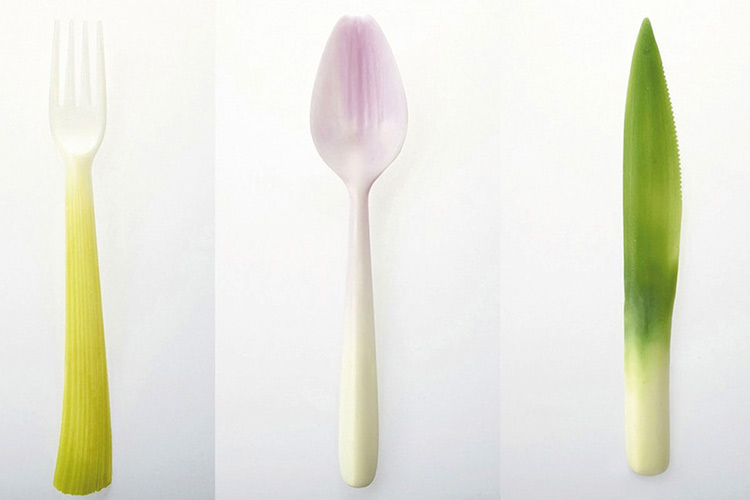Packaging and bioplastics – Data 2017
As stated in the annual report of the European Bioplastics association, around 2.05 million tons of bioplastics were produced worldwide in 2017, 60% of which destined for packaging (1.2 million tons). With an 18% share, Europe stands as the second largest bioplastic producer after Asia.

With an 18% share, Europe stands as the second largest bioplastic producer after Asia.
The report also predicts a constant growth of about 20% over the next 5 years, up to 2.44 million tonnes in 2022.
The reasons behind this development are many: the transition to a type of “circular economy”, with the aim of reducing carbon emissions and dependence on fossil resources, the advancement of research that offers increasingly innovative products, with better properties and new features, but also a growing consumer awareness in regard to environmental protection as well as sustainable products and packaging.
As anticipated, the packaging sector is confirmed to be the largest “user” of bioplastics. The bags - both those for shopping and those used for segregated bio-waste collection - are the flagship products of the sector.
How and where they are used
In Italy, according to the most recent assessments available, in 2017 approximately 56,600 tons of bioplastics were produced, of which about 73% destined for shopper bags.
According to the Italian Institute of Packaging plastic bags (both traditional and biodegradable) used for food shopping have reached about 103,000 tons; based on the Institute’s estimates, approximately 40% is made of bioplastics (41,200 t).
The analysis of these numbers shows that, since 2016, there has been a decline in total shopper bags (plastics + bioplastics) standing at 8% (in 2016 there was talk of about 112,000 t) but, at the same time, those made with bioplastics have increased by around 2.2%.
After the entry into force of the law in January 2011 prohibiting the marketing of non-biodegradable plastic shopping bags, there has been an exponential increase in shopping bags in bioplastics which, in fact, have replaced traditional ones.
From January 2018 another directive was introduced in Italy, to align the country with the rest of Europe. To the obligations already in force since 2011, it has therefore been added that of using ultralight bags in bioplastic for loose food, fruit and vegetables, butcher’s and fishmonger’s as well as gastronomy products, ie bags with a thickness of less than 15 microns.
If on the one hand the legislative provisions on the matter have meant that traditional plastics have replaced by bioplastics, they have also influenced the habits of consumers who, with increasing frequency, prefer to use reusable cloth or plastic bags, causing an overall decrease in the use of shopper bags.
Other sectors of application of bioplastics are: bags for the collection of bio-waste (17%), film (4.5%), disposable tableware (3%), preforms, trays and stationery (2.5%).
Barbara Iascone
Istituto Italiano Imballaggio

















